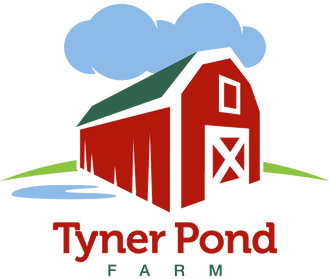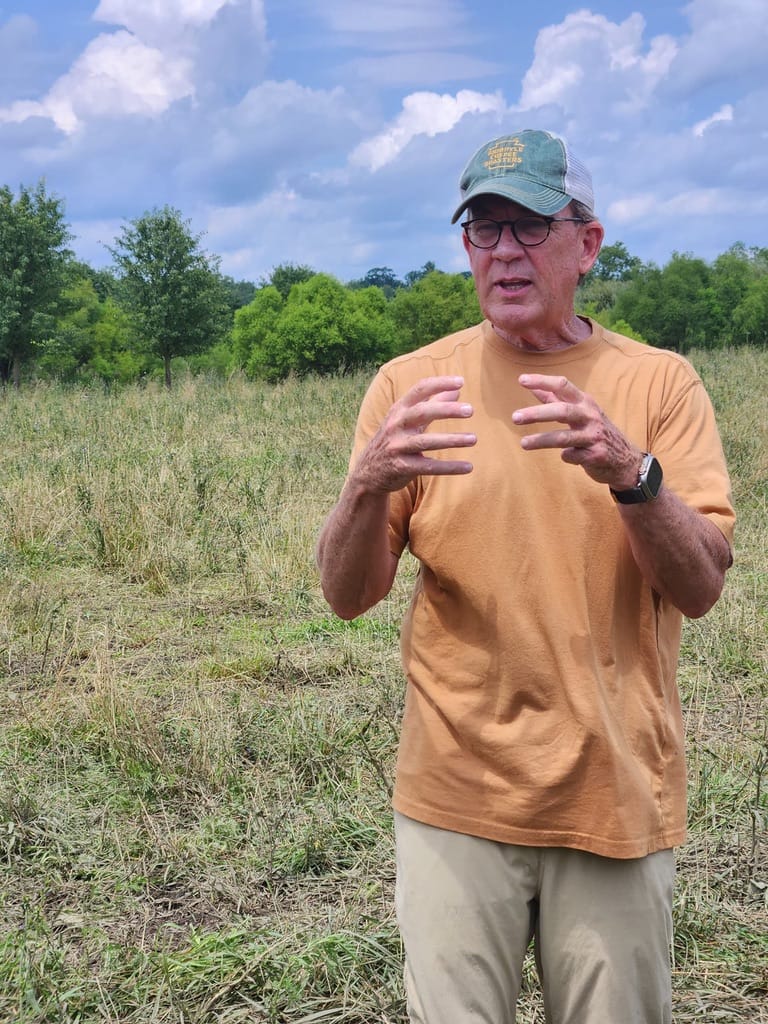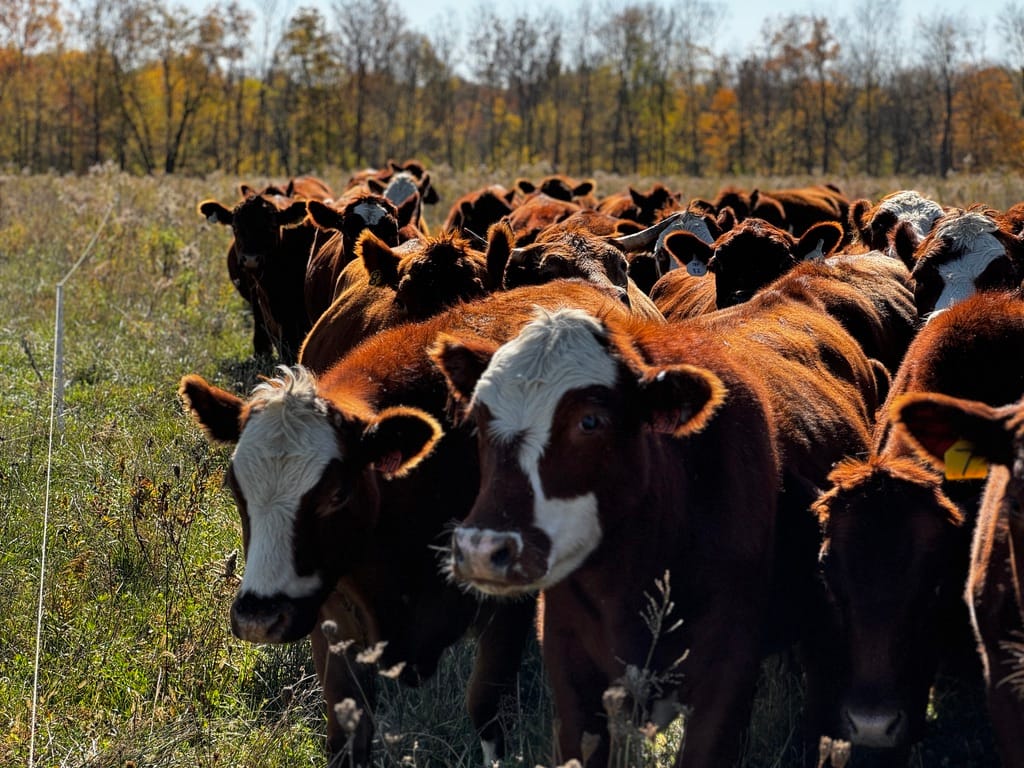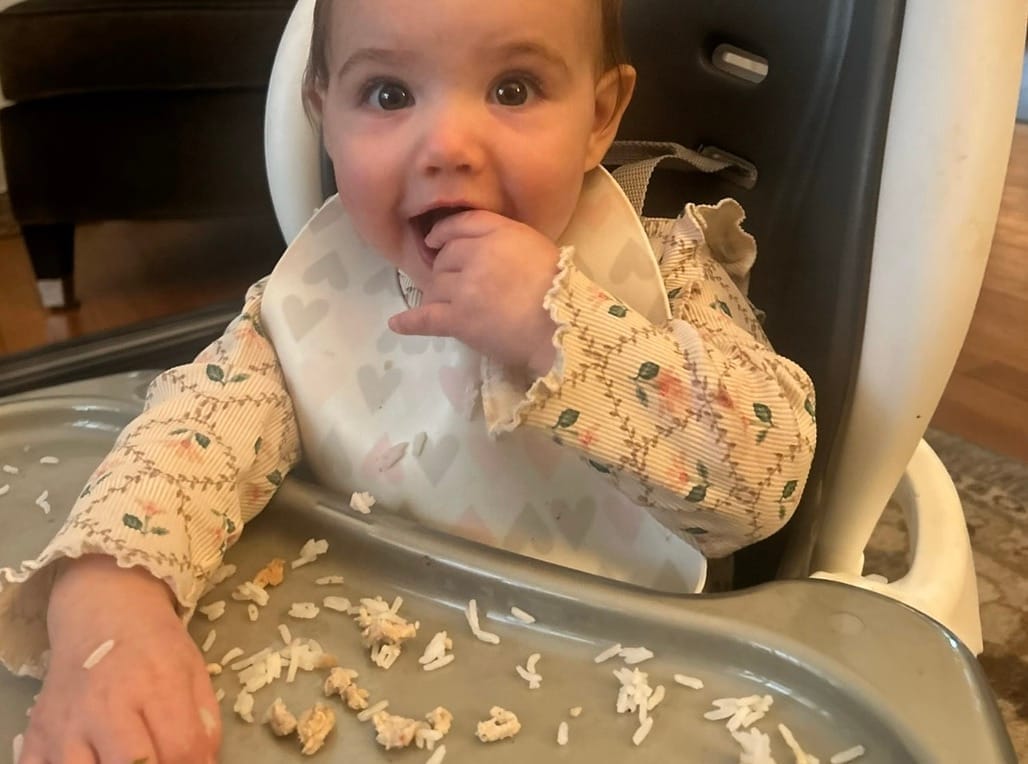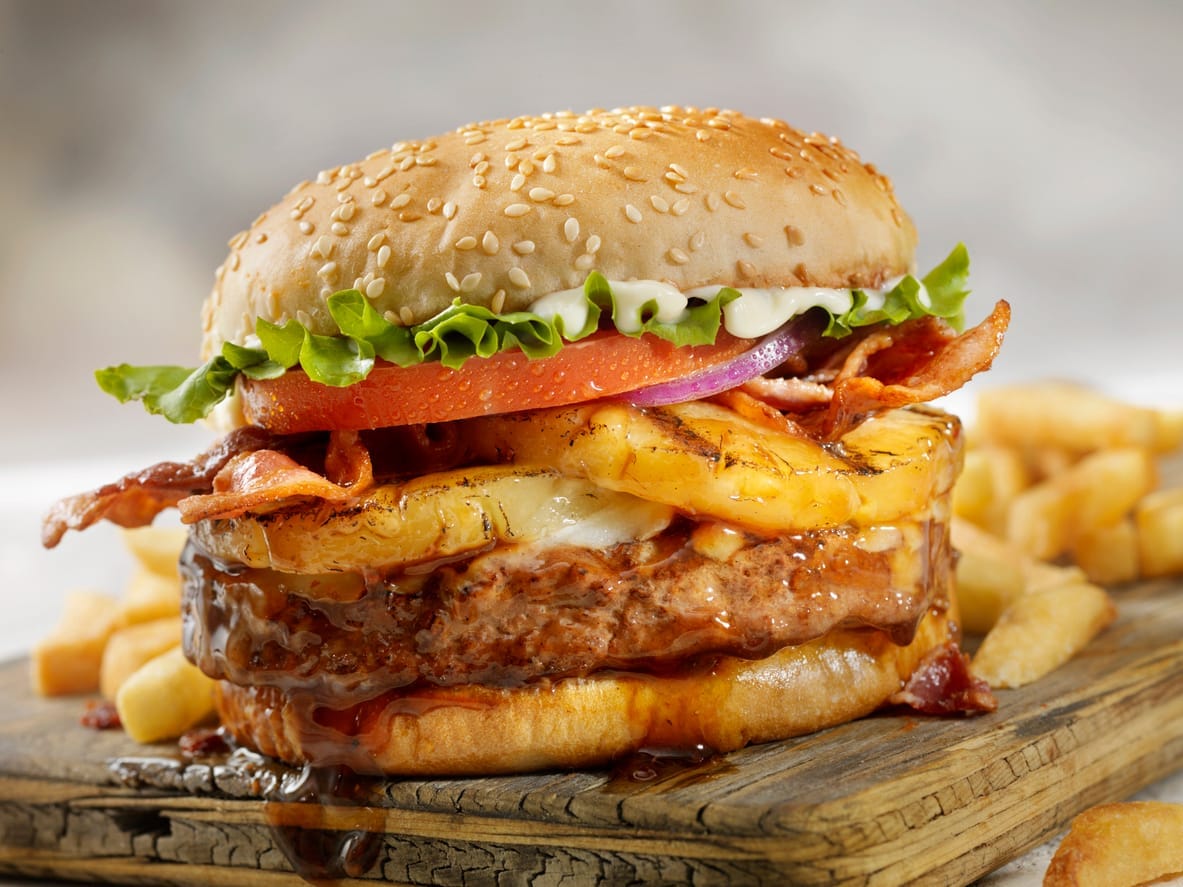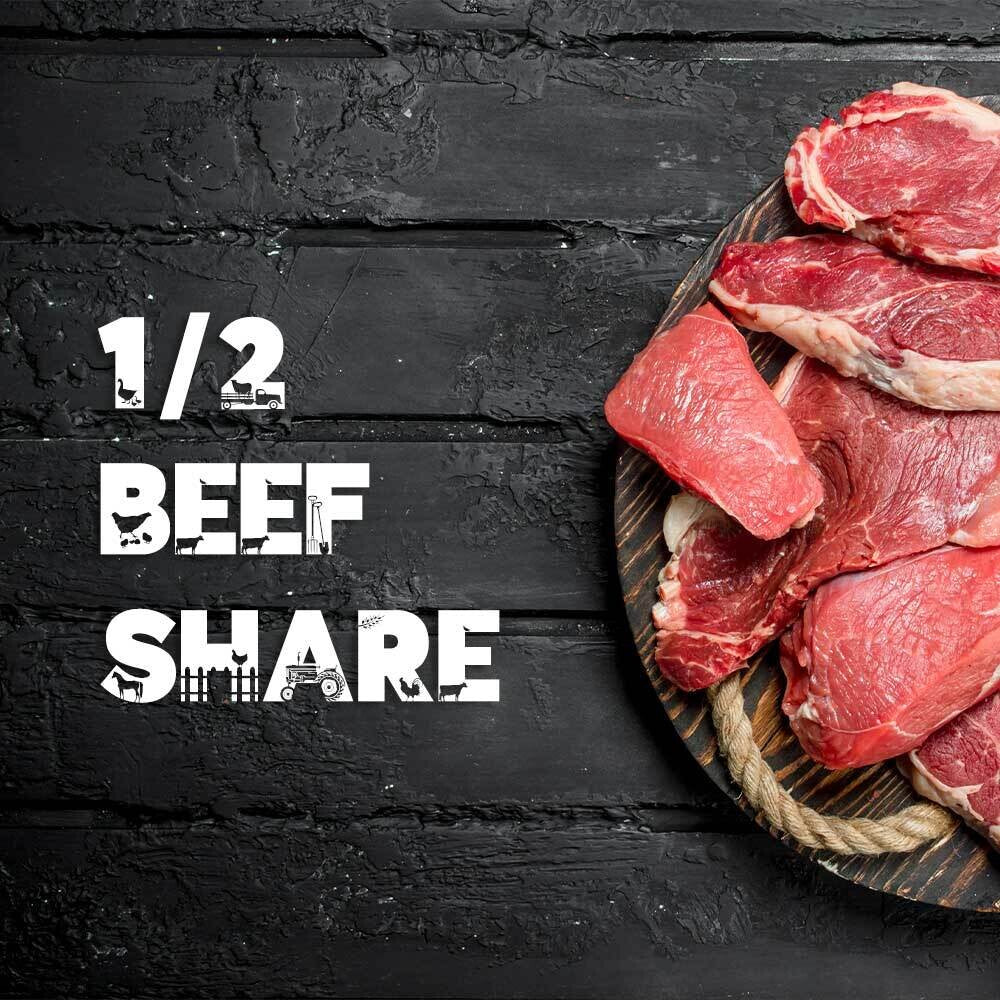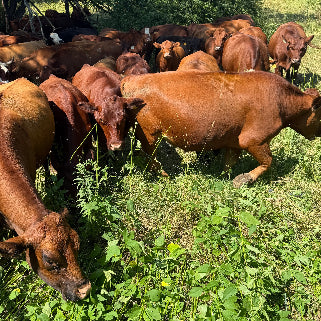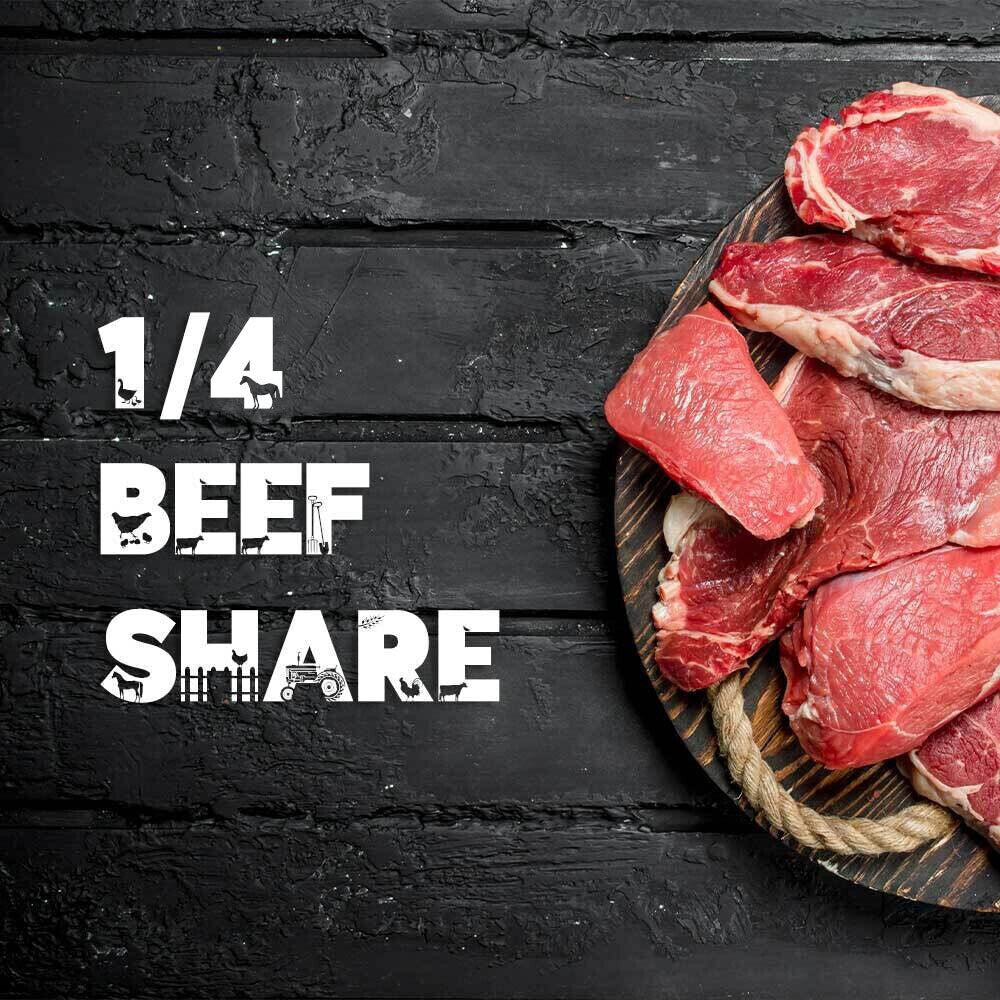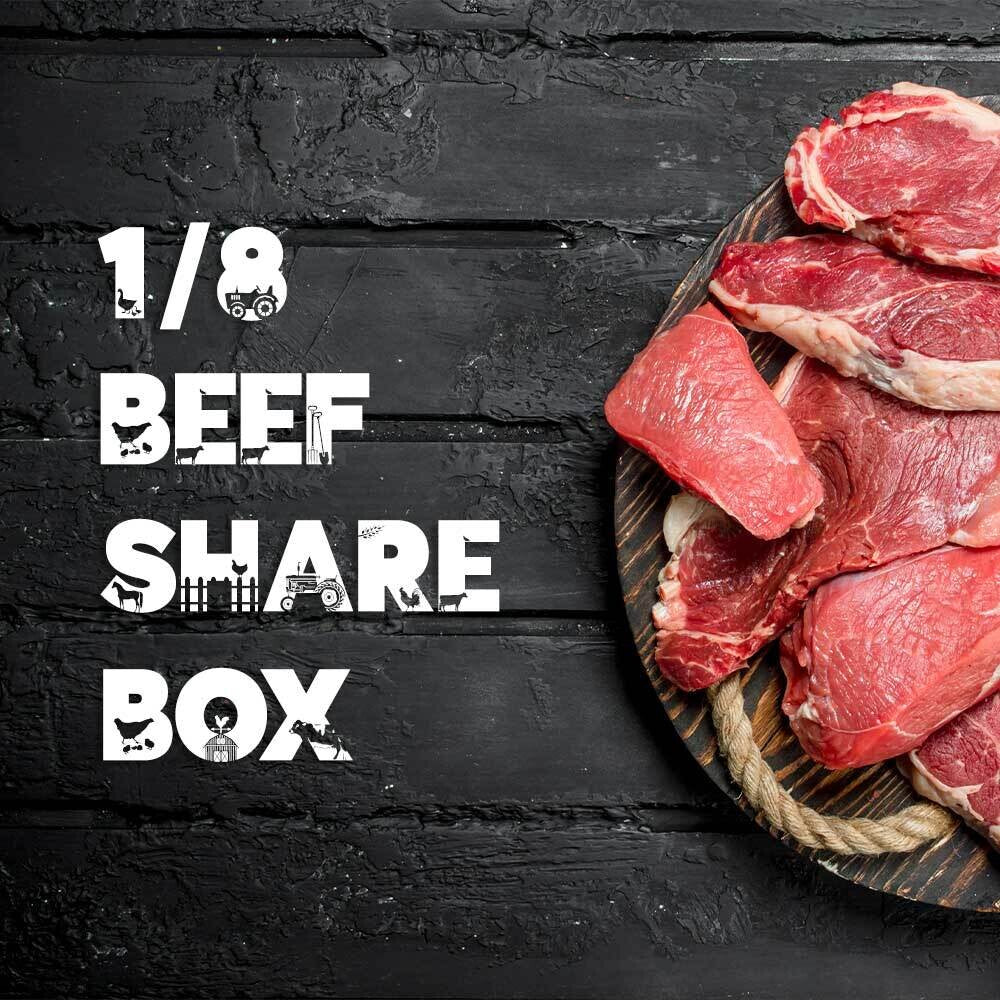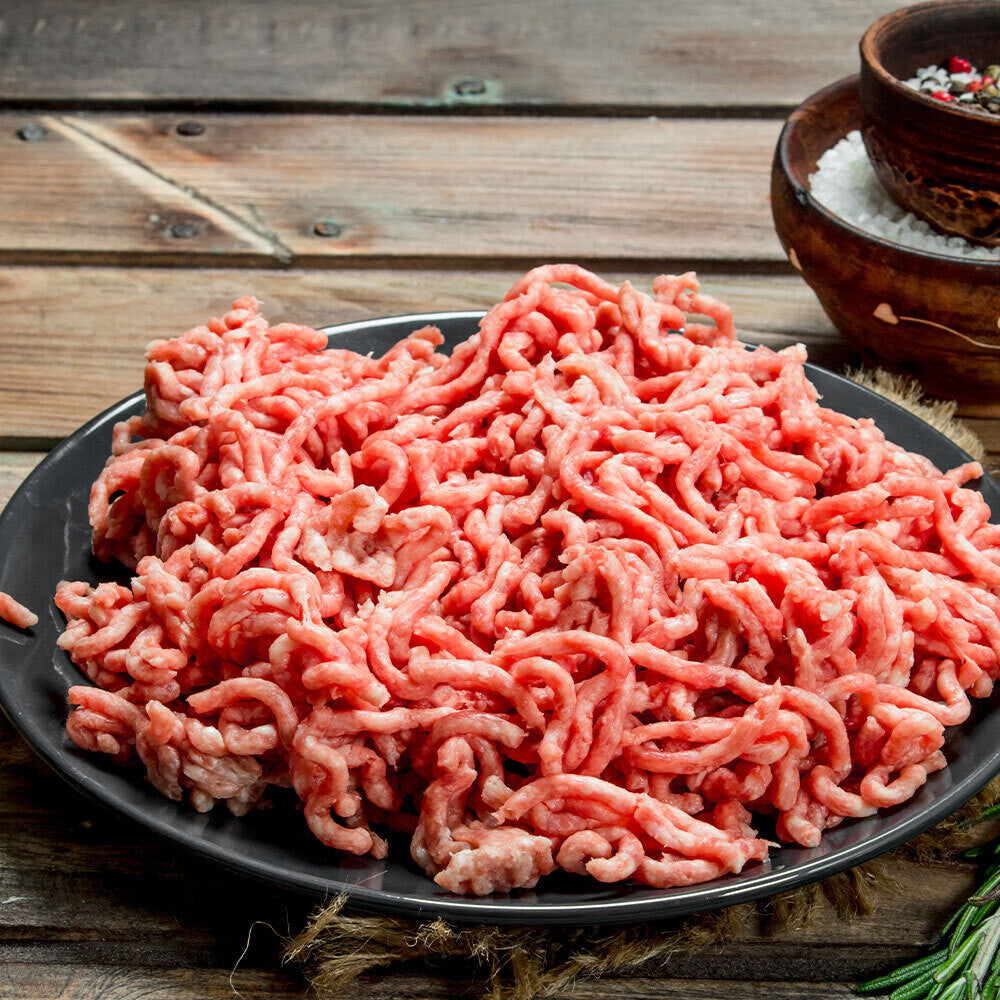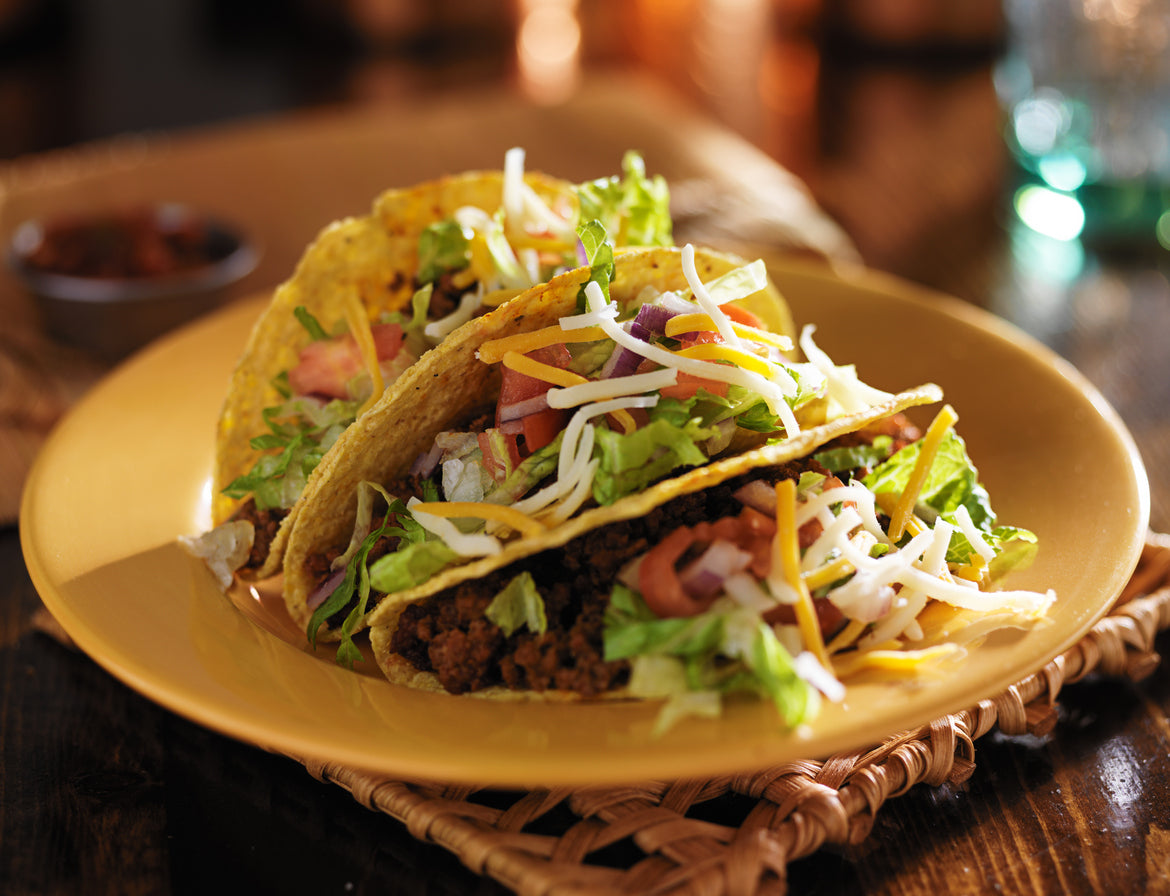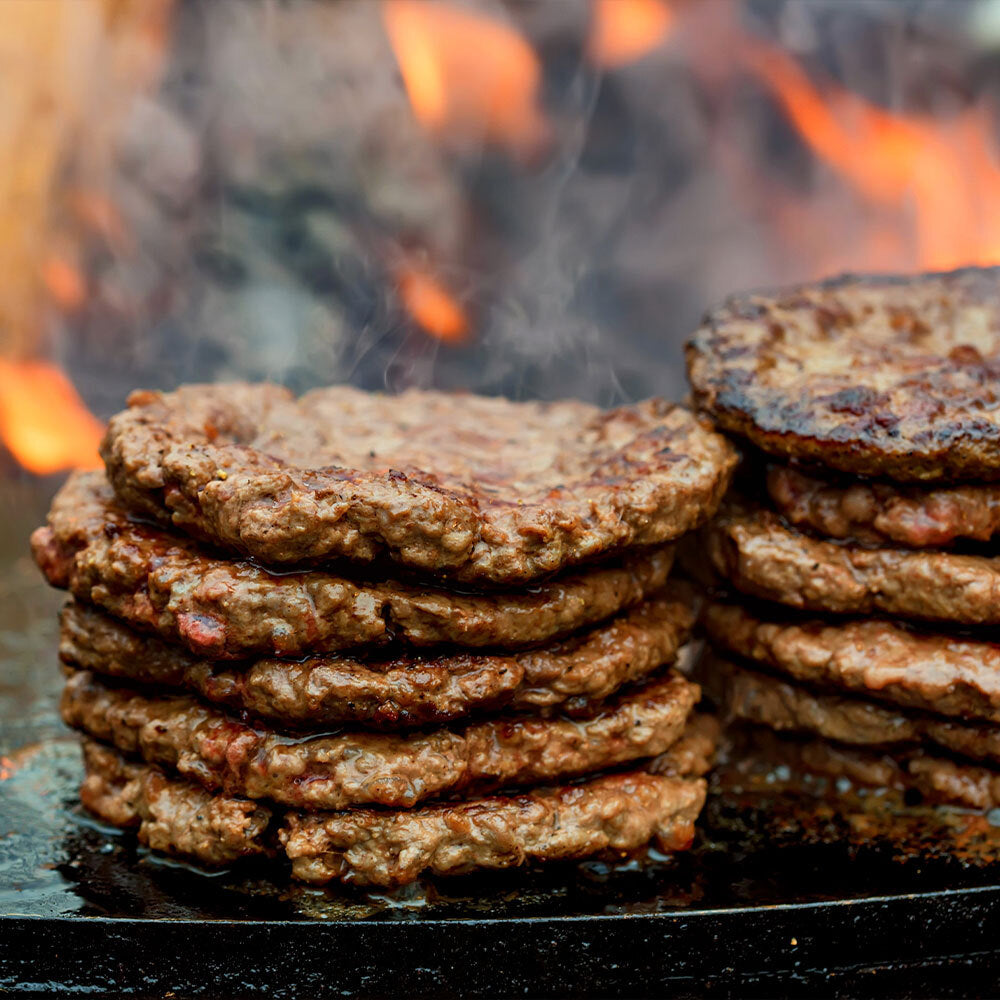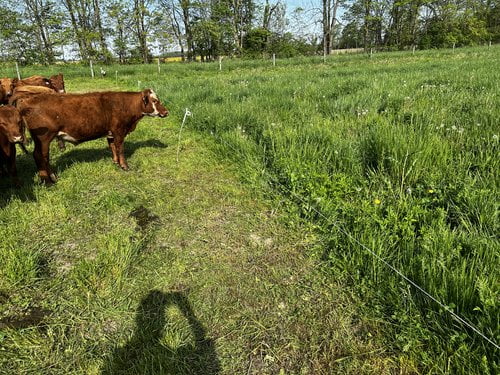
The Truth About Grassfed Beef (Part 1)
This is part one of what’s going to probably going to be a 4 part series discussing The Environmental Impact of Local Holistically Managed Grass fed Beef.
Notice, I’m being very specific here. This isn’t going to cover what’s happening with industrial feedlot beef or grassfed beef that’s imported from other countries or grassfed beef that’s part of a continuous grazing system.
Saying that, I should probably start with a definition.
Holistically Managed
Managed is the keyword here. For 50 million years Ruminant (grass and forage eating) animals have been on earth. There were many more than there are today. Ruminants are very useful in that they are able to to convert a vast and easily renewable resource (grass) into food for humans.
Historically, these ruminants we’re “managed” in a predator/prey environment. The ruminants are prey animals…Other animals ate them. In North America the predators were mostly wolves and hunter gathering people. These prey animals were constantly under threat and so expressed two important behaviors:
First, they bunched tightly into large herds for common defense.
The other Predator/Prey characteristic was constant movement. They moved continually, usually in a migration. These ruminants ate the grass, trampled what they didn’t eat flat into the ground, and left their dung and urine behind as fertilizer…all creating food for the soil microbes. Their migration was a never ending circle of disturbance & dunging where they didn’t return to the same spot for months; giving the soil a chance to recover.
This is how the great grasslands of Indiana and the rest of North America were created, a holistic relationship between soil life, ruminants and predators. This symbiotic relationship is what builds soil and creates grasslands. Without all three the system falls apart.

You can still see this on the African savannahs. large herds of ruminants constantly on the move pressured by Lions, Leopards and other predators.
What Happened?
As people gave up nomadic ways in exchange for settled communities centered on agriculture, one of the first things they did was kill all the predators.
Allan Savory explains this very well in his famous TED talk. Without the pressure of predators, ruminants move from mob grazers to continuous grazers….continous grazing leads to land degradation and what Allan calls “Desertification”.
Amy Baggott in Zimbabwe with Allan Savory
Without management they spread out. Forages have different palatability to cattle. In a mob they are forced to graze everything equally and move on. What they don’t eat gets trampled and dunged and then rested.
Without management cattle eat the most palatable plants wherever they poke up….there is no rest. Rather than allowing the most palatable forages to rest and recover, they eat it every time it tries to grow, while leaving weedy/woody plants to gain control. It doesn’t take long for grasslands to become overgrazed. You’ll see them now, consisting of lots of bare earth interspersed with vegetation that can’t be grazed. The land desertifies to the point where it is no longer able to support either the ruminants or the people dependent on them for food.
This is an extremely high level explanation of the problem. The solution is a Holistically Managed Grazing system that considers the cattle, the environment (soil health) and the people (community)
What regenerative farmers, like Tyner Pond Farm, do is simulate predators with a tool called polywire. Polywire consists basically of reels of string impregnated with electric filaments.
With polywire we easily manage our cattle by creating small temporary paddocks that act like the predators in that they are mobbed into a small area where the behave as we desire for our holistic outcome: They eat fresh grass, they trample the forage they don’t eat. This behavior feeds the below ground microbiology and creates the necessary soil disturbances…and the fertilize the paddock with their dung and urine. we then move them to the next paddock leaving the previous paddock to rest for months before we rotate back. This is all carefully planned and managed months in advance.
The results are amazing as you can see in the below video. What were once bare crop fields are now regnerated. Soil and soil life is building, carbon is being sequestered underground, birds, insects and wildlife are thriving.
This is just part one, but hopefully you’re already nodding your head yes. Holistically managed local grass fed cattle are good for the environment.
In Part 2 we’ll talk about the local part of this series.
